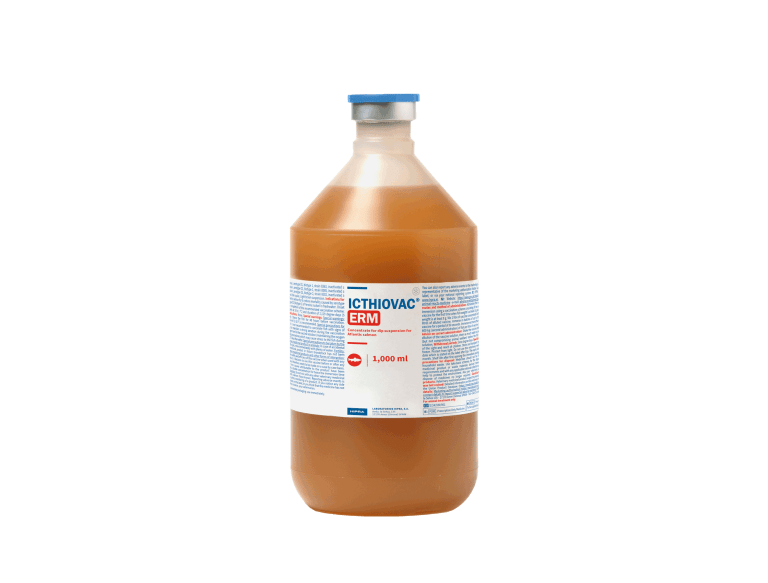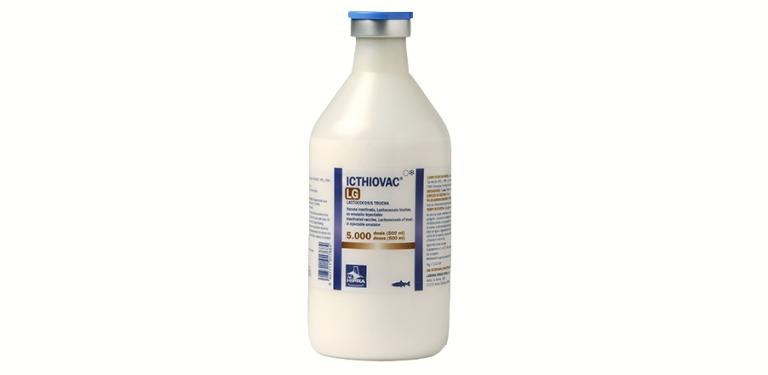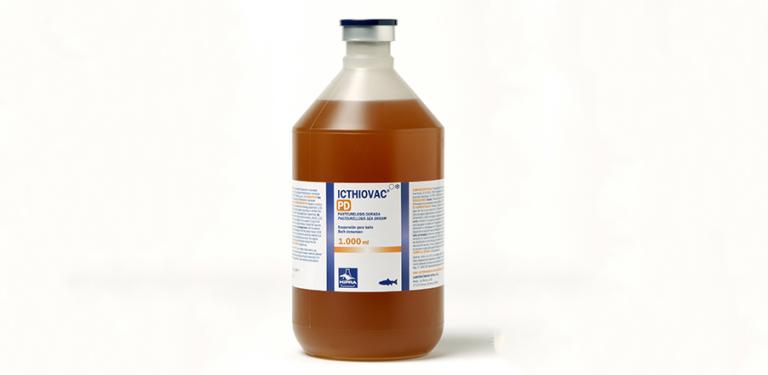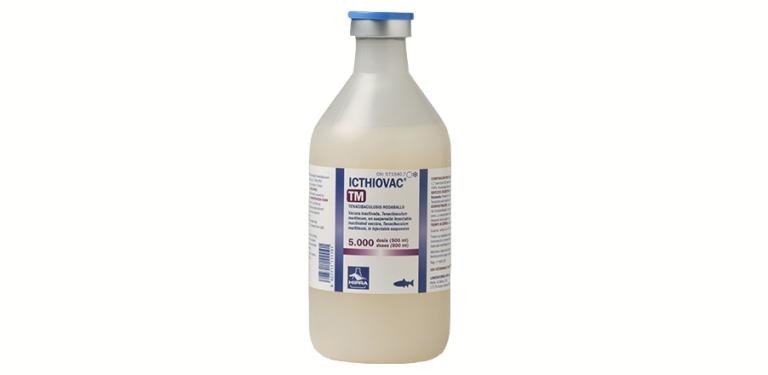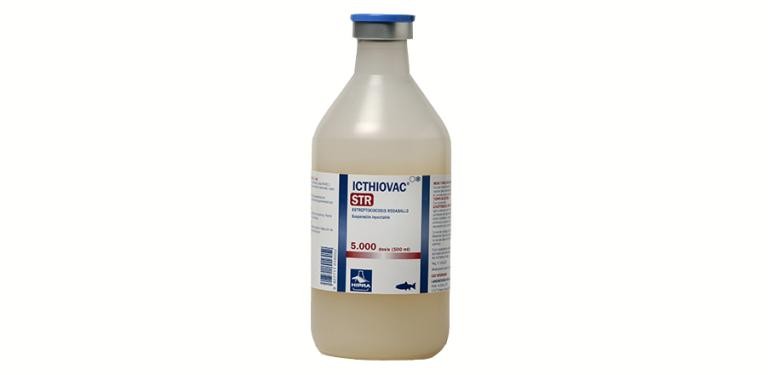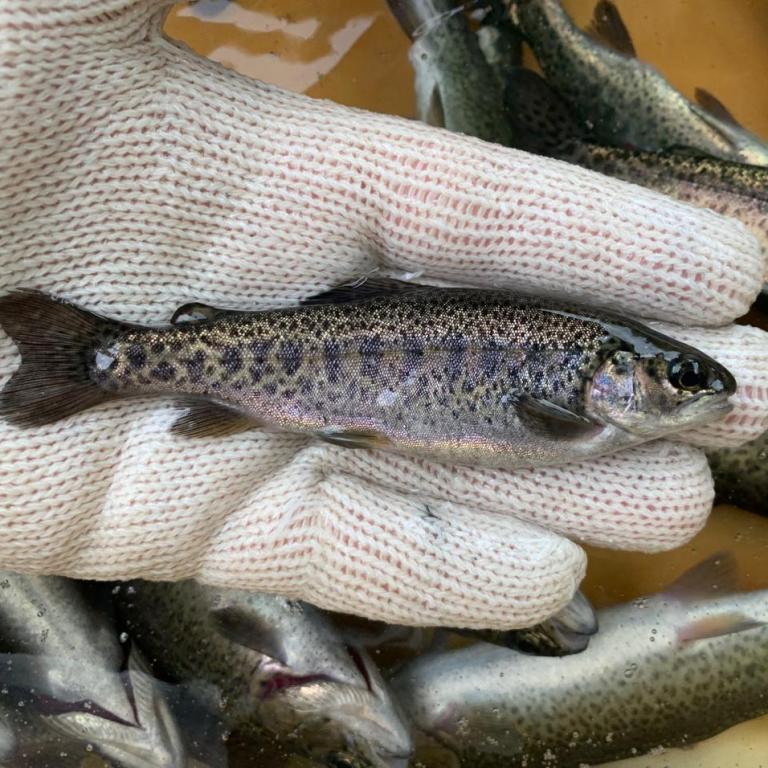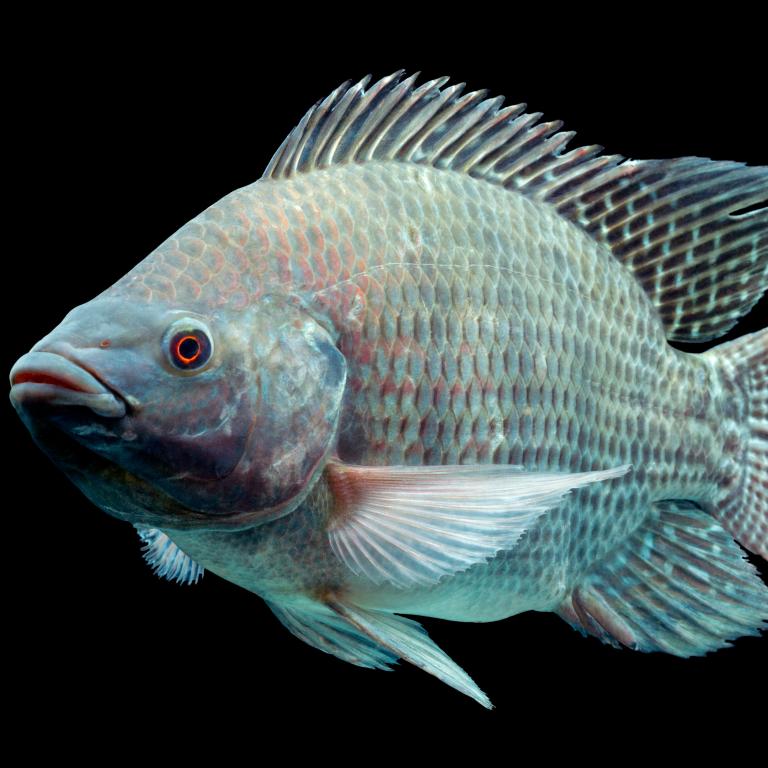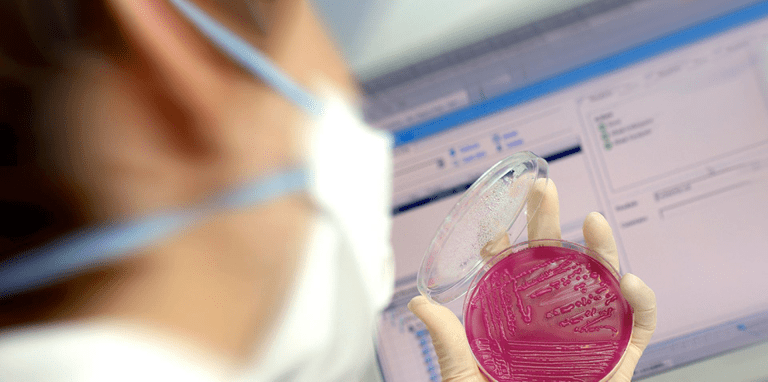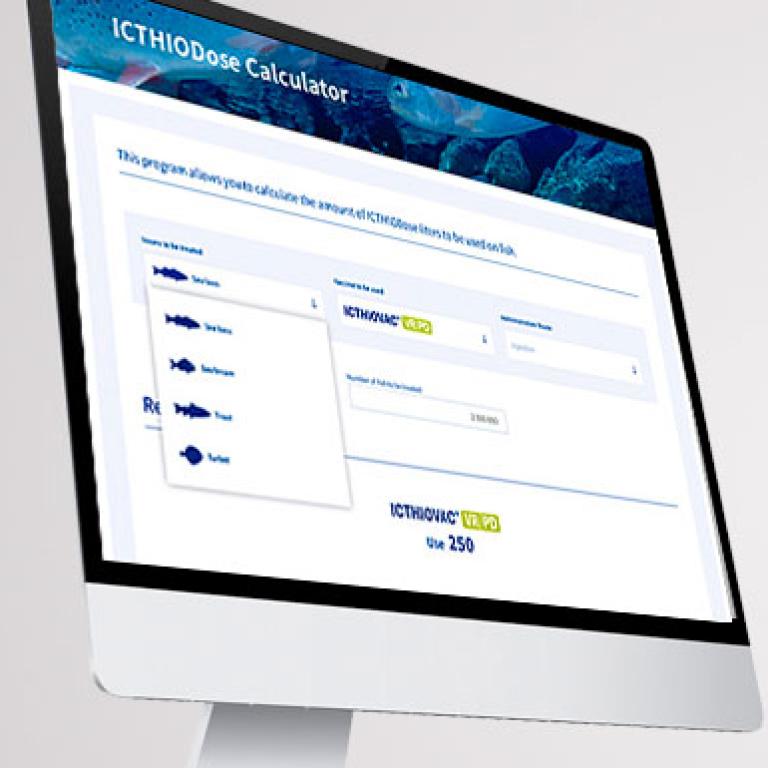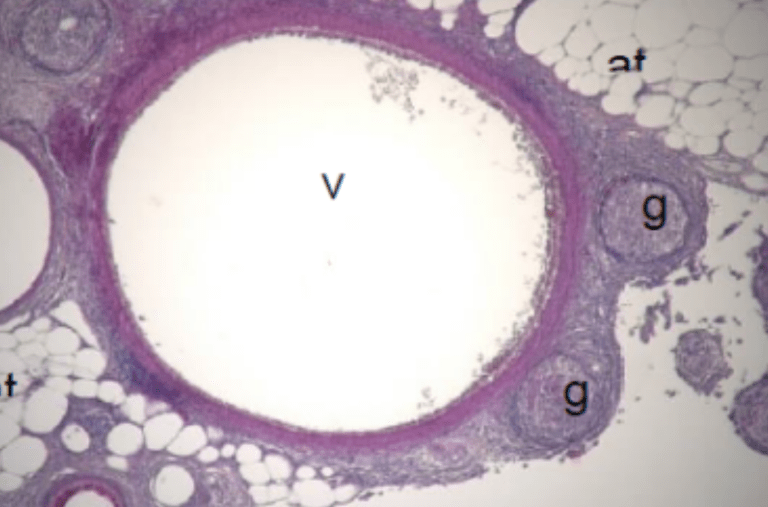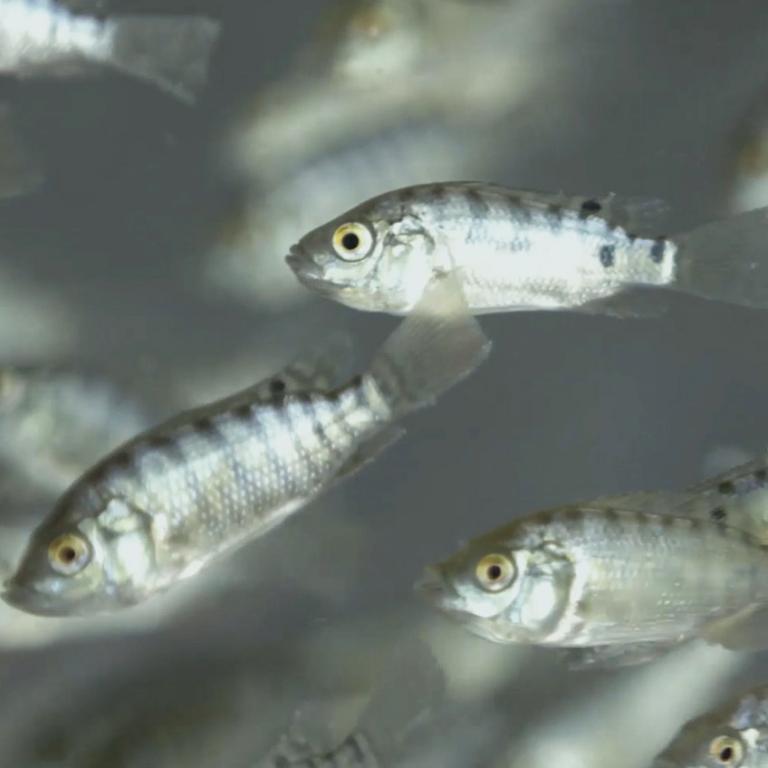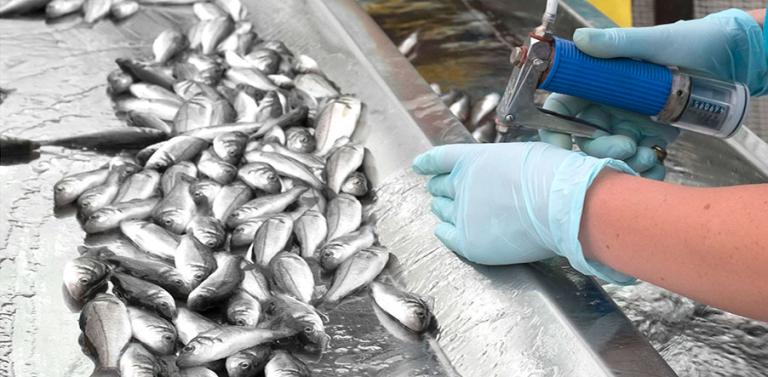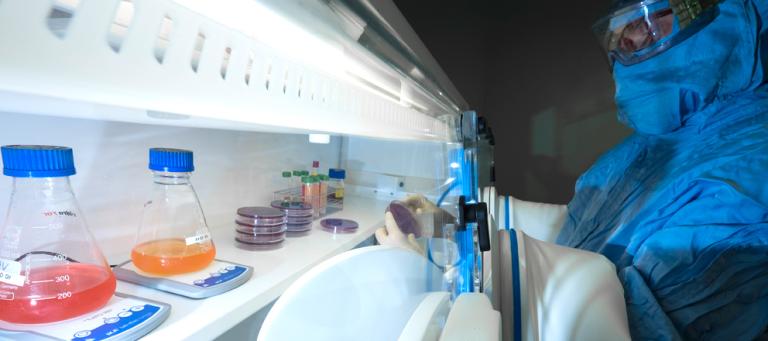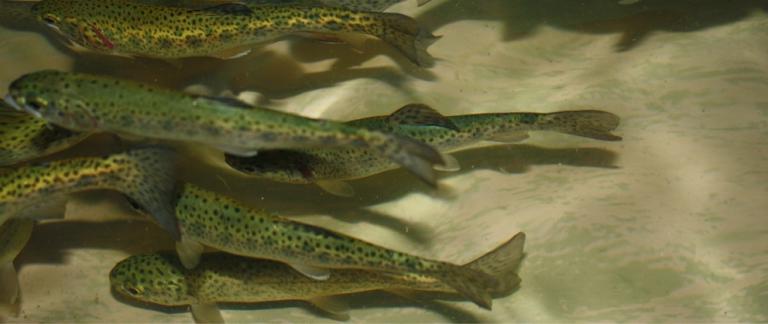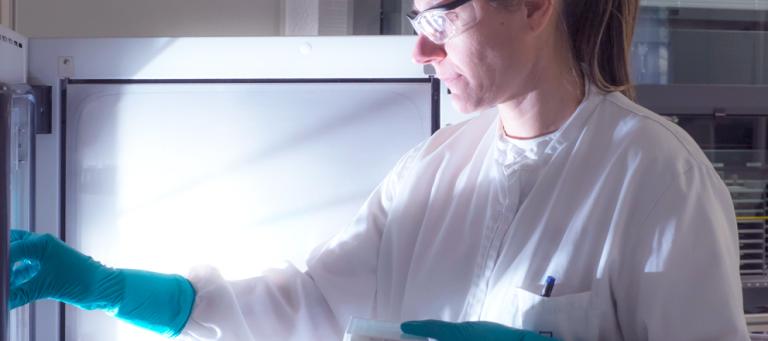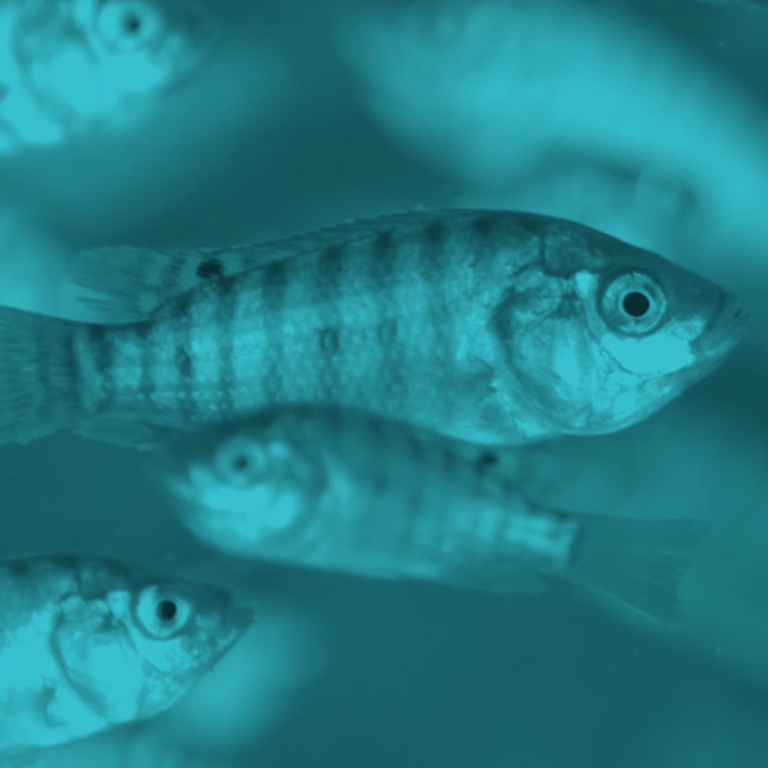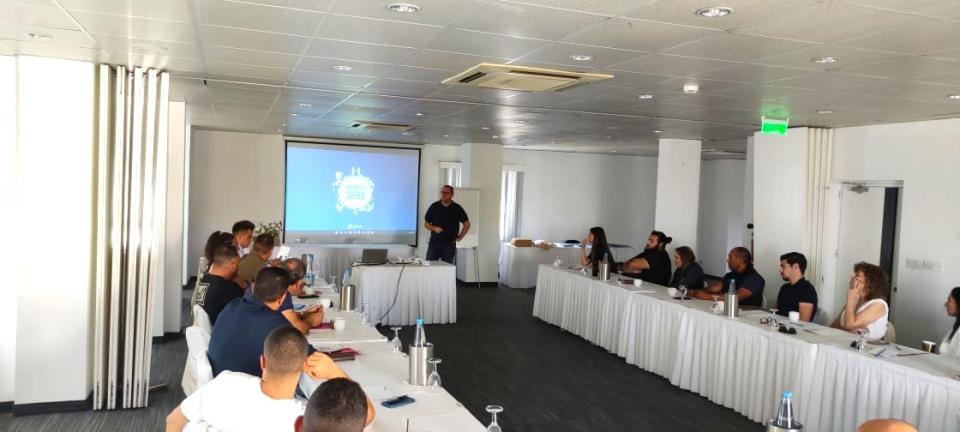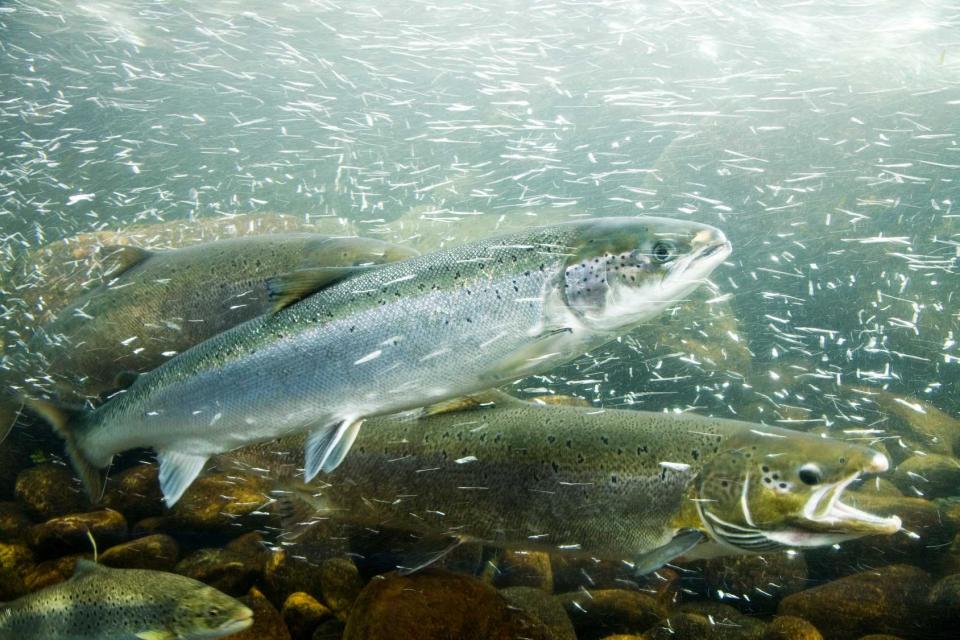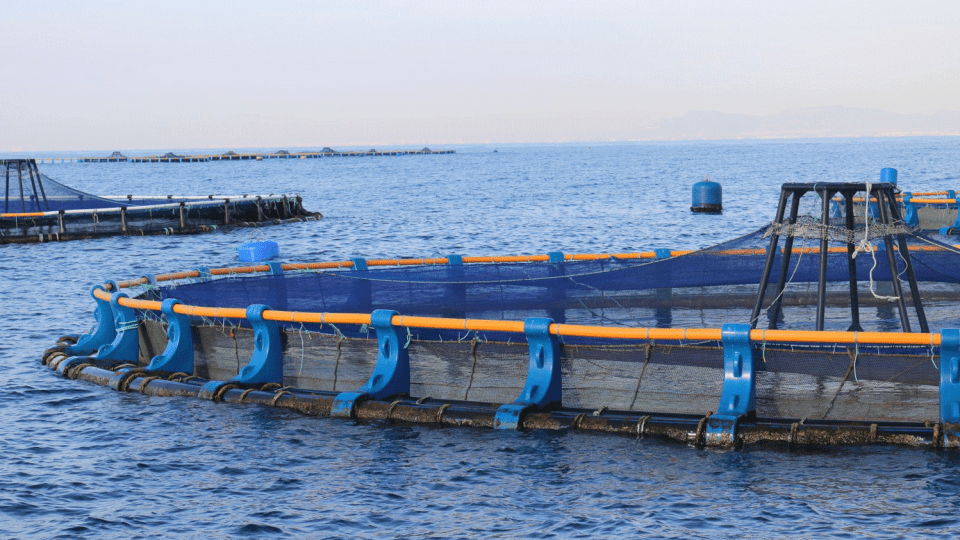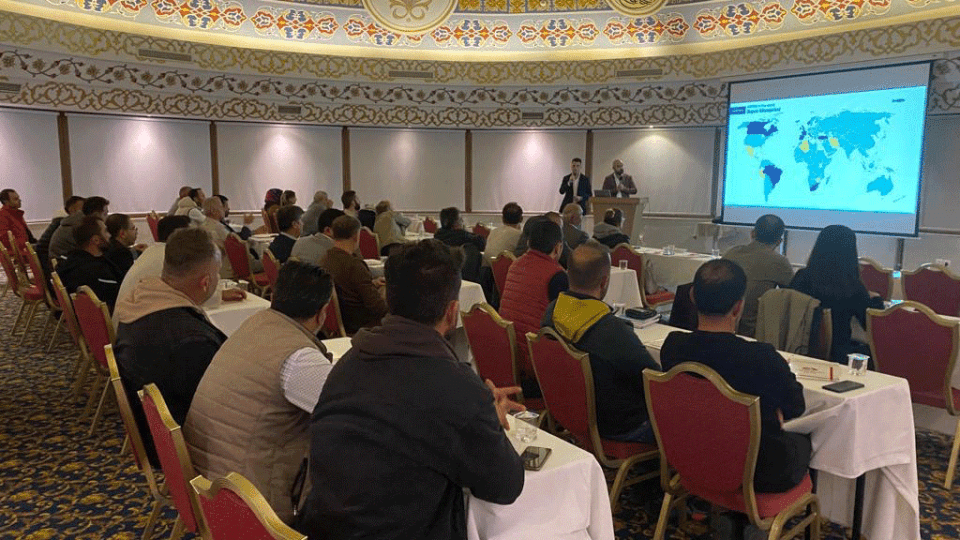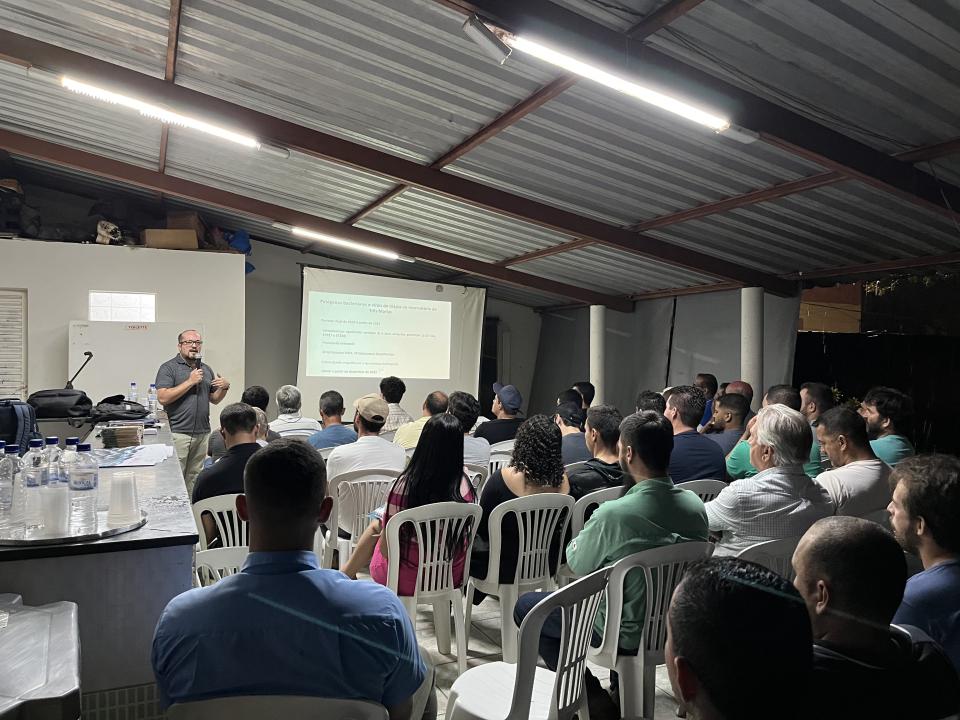The main goal of fish aquaculture is to satisfy the market demand for fish, to meet consumer needs in terms of fish protein. And it all starts with a proper production plan that suits both production site characteristics and customer demand.
Protect your aquaculture investment from the start
Fingerlings, the most precious asset
The quality and health of fingerlings are one of the keys to obtaining the best results on a fish farm. But the fry stage is probably the most susceptible one during the life cycle of fish, meaning that there is a greater risk of encountering problems such as disease outbreaks.
As the handling of these small fry is relatively easy, any action taken during this phase will surely obtain a high ROI (Return On Investment).
This is the case for immersion vaccination programmes aiming to protect 1g fingerlings against diseases. The fingerlings will develop immunity against the bacterial pathogens present in the vaccine. When immersion vaccination programmes are implemented, the infection pressure of the pathogen is reduced, and the value of the fingerlings is enhanced.

What about antibiotics?
Even if antibiotics seem to be a quick and cheap answer to a bacterial outbreak amongst fry, their use has shown side effects: such as hepatotoxicity, hyperglycaemia, increase in cortisol levels, changes in the oxidoreductive balance, histopathological lesions on the liver, kidney and gills, and immunosuppression (Bojarski et al., 2020)
An antibiotic has a direct effect on the target pathogenic bacterium, but not exclusively. Antibiotics are very aggressive for both the internal and external microbiota of fish: a negative effect has been demonstrated on the skin microbiota of seabass fingerlings due to antibiotic treatment, suggesting a detriment to their health (Rosado et al., 2022) as skin is the primary barrier against pathogens.
These results indicate that fingerlings need to recover their standard biological functions after antibiotic treatment, instead of growing. By vaccinating fingerlings, the use of antibiotics is reduced, therefore the sustainability of production is enhanced.

Be ready for immersion
The application of this type of vaccine is simple and no anaesthetic is required. It is currently the only way to vaccinate fingerlings, as mass vaccination is possible.
For the vaccination to be effective, the fish must have a good health status: sick fish or fish undergoing treatment should not be vaccinated. Moreover, fish should not be subjected to stress 48h prior to vaccination, and they should have an optimal fasting period.
All the equipment that comes into contact with the vaccine or the fingerlings must be clean and disinfected prior to use, and it must be washed/brushed and disinfected after each use.
To perform a dip immersion vaccination, only a bucket (for example a 10-20l bucket) and a fishing net with a flat bottom and no knots are needed. The fishing net should be of a similar shape and size to the bucket in order to use the maximum volume of the vaccine solution when doing the dip with the fingerlings inside the net. To obtain the best immunization, do not exceed 0.5kg of fish per litre of vaccine solution inside the net at each dip.

Immersion practice
Prepare a 1:10 dilution in the bucket (vaccine: water). Generally, 1 litre of vaccine is used to vaccinate 100 kg biomass. The fish will remain in the vaccine solution for 60 seconds.
The vaccine solution temperature must be the same as that of the culture water throughout the vaccination process. Maintaining appropriate levels of dissolved oxygen by adding air/oxygen is really important too. By maintaining a minimum dissolved oxygen level in the optimal range, we guarantee the welfare of the fish whilst maximizing the antigen absorption through the gills.
Also, direct sunlight on the vaccine solution must be avoided, as this will reduce stress to the fish and help to avoid heating up the bucket.
The booster effect
Depending on the epidemiology of the farm or the pathogen, it may be necessary to apply a second vaccination to provide the fish with more lasting and more effective protection. This second immersion vaccination can be performed 2 or 4 weeks later, depending on the fish species. By using the same antigens in successive vaccinations, a booster effect is obtained, which means stronger and longer-lasting immunity with the second vaccination compared to the immune response obtained in a fish which has not been previously vaccinated (Abou-Okada et al., 2021; Angelidis, 2005).
When fish reach the proper size to be vaccinated by intraperitoneal injection (IP), we can obtain this booster effect again, by using the same antigens in the IP vaccine as in the immersion vaccine.

References
Abou-Okada, M, El-Gendy, NM, Elhelw, R. Effect of booster vaccination on immunoprotection in European seabass vaccinated against vibriosis. Aquac Res 2021; 52: 736– 748.
Angelidis P. Immersion booster vaccination effect on sea bass (Dicentrarchus labrax L.) juveniles. J Anim Physiol Anim Nutr (Berl). 2006 Feb;90(1-2):46-9.
Bojarski B, Kot B, Witeska M. Antibacterials in Aquatic Environment and Their Toxicity to Fish. Pharmaceuticals (Basel). 2020 Aug 9;13(8):189.
Rosado, D., Pérez-Losada, M., Severino, R. et al. Monitoring Infection and Antibiotic Treatment in the Skin Microbiota of Farmed European Seabass (Dicentrarchus Labrax) Fingerlings. Microb Ecol 83, 789–797 (2022). https://doi.org/10.1007/s00248-021-01795-8
